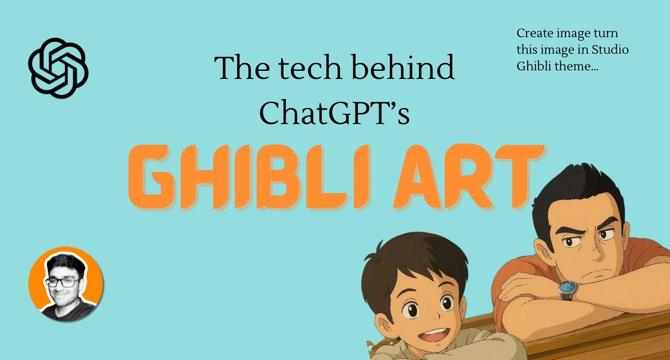Medium
1d
15

Image Credit: Medium
Ghibli Art : The Technology Behind ChatGPT’s Ghibli-Style Image Generation
- OpenAI's image generation technology is based on a diffusion model that refines images from noise by denoising and adding shapes and textures.
- Diffusion models are effective for Ghibli-style art due to their handling of smooth textures, soft lighting, and control over fine details.
- Image-to-Image Translation techniques like ControlNet, Pix2Pix, and CycleGAN help transform real photos into Ghibli-style artworks while preserving original structures.
- OpenAI's approach goes beyond traditional Neural Style Transfer by reinterpreting the entire image in Ghibli style, ensuring structural consistency and better edge handling.
- Fine-tuning AI models with Ghibli-like datasets helps in learning the aesthetic style accurately, leading to more authentic Ghibli-like art generation.
- CLIP is used by OpenAI to guide DALL·E in understanding text prompts and matching them with visual styles for style consistency in image generation.
- Super-resolution models like ESRGAN and Latent Diffusion Upscaling are employed in upscaling AI-generated images to maintain details, crucial for anime-style images.
- The AI excels in Ghibli-style art due to learning artistic principles, diffusion models for hand-painted look, image translation for structure maintenance, fine-tuning on animation data, and super-resolution technology.
- Various AI experimentation options exist, such as using Stable Diffusion + ControlNet, DreamBooth or LoRA for Ghibli-style transformations, and local AI tools like InvokeAI or ComfyUI for control.
- Connect with Janmesh Singh on LinkedIn, GitHub, and Twitter for more insights into AI and image generation technology.
Read Full Article
Like
For uninterrupted reading, download the app